By Gabriel Bogossian | Images courtesy Galeria Jaqueline Martins & the artist | Ph.: Gui Gomes
“Frente de trabalho” (Work Group) was the moniker bestowed, in different contexts and at different points in time, on government policies designed to address the problem of labor force inactivity. An oft-used tool in fighting unemployment and drought, the creation of work groups entails the mobilization of workers for temporary labor at the service of the State, in some instances concurrently with professional training programs.
With no drought or State involved, the mobilization seen in Ícaro Lira’s Frente de trabalho is of a different kind. Touted from the entrance as a production site, the venue is taken with works by different artists and other works––of Lira’s own as well as collaborations––made of documents and objects amassed through the exercise of collecting that underlies the artist’s poetical operations. Like Francis Ponge’s open texts, where poetical matter is made of the various attempts at elaborating it, here Lira taps into several resources to prompt reflection about labor and the act of working––an activity as run-of-the-mill as it is universal––, all the while taking into account issues pertaining to artistic work and the system that both sustain and exploits it.
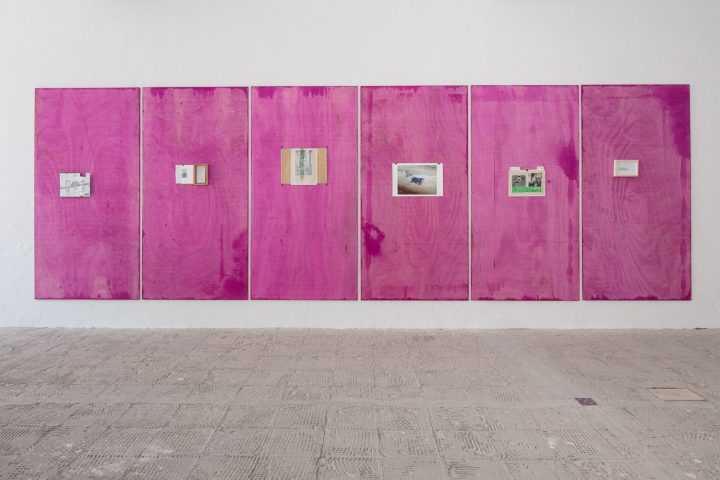
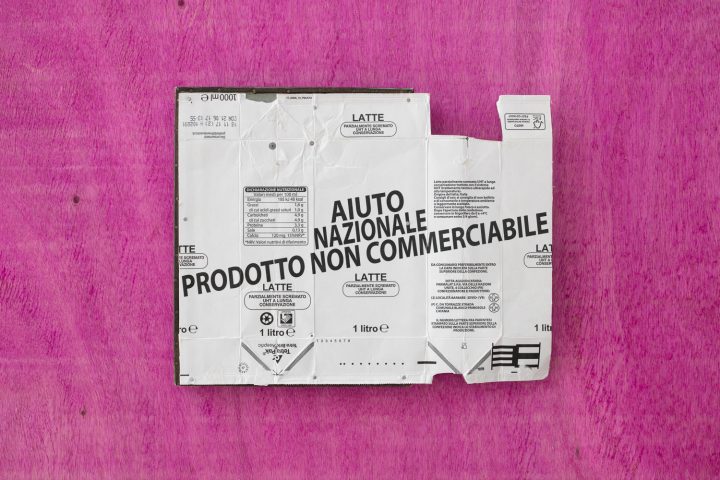
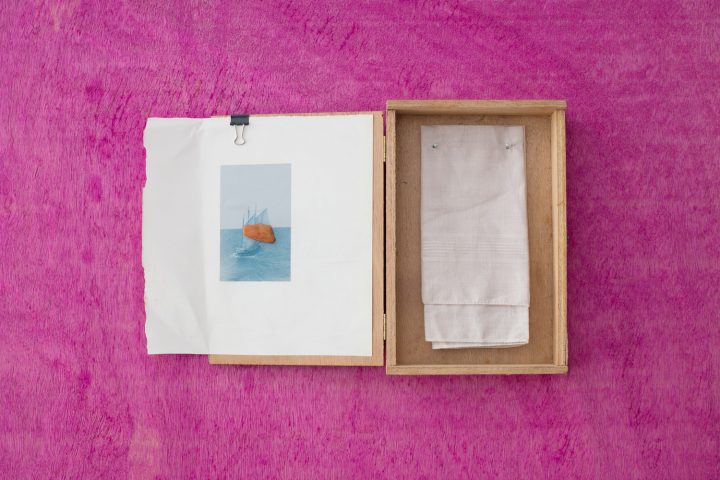
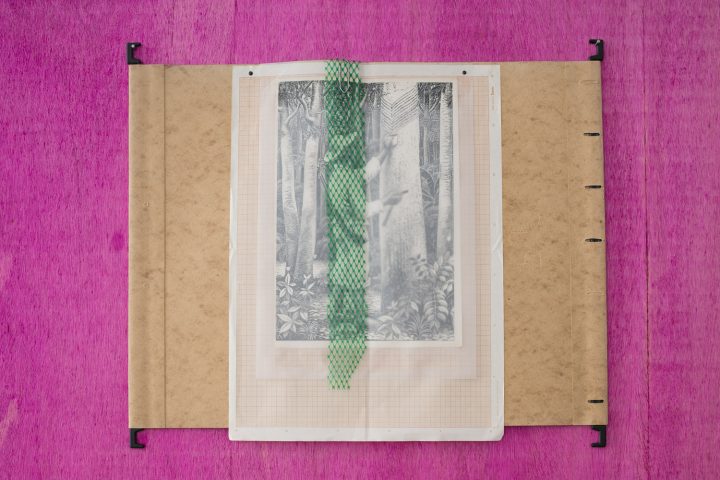
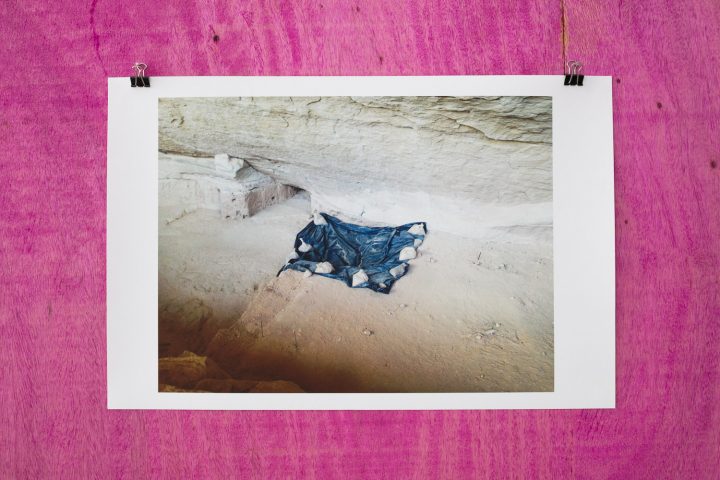
Two such resources spring to attention for the regularity with which they serve the composition of the whole. The first one––the appropriation of historical contents as raw material for artmaking––imposes a selective, reinterpretative gesture upon a magma of documents, objects and publications, as if one had to organize not only pessimism in face of history, but also the very rubble at the angel’s feet. The pooling together of material from different periods gives rise to a counter-history of work, where workers from distinct eras and professions are put into perspective, and one notices analogies, recurrences and repetitions not only between different moments from the past, but also between them and our present.
Placed side by side, items produced by São Paulo’s modernism, works by contemporary artists, and memorabilia from the 1964 civilian-military dictatorship comprise a panorama through which we contemplate events usually relegated to the fringes of memory and history. Like in the work groups that the title alludes to, one can hear an ample choir of voices together. The artwork, here, is sort of a report on an ongoing research; in approaching itself as a place of emergence of the past, it acts as a gateway for the contents which resurface from the slime of our historical hang-ups.
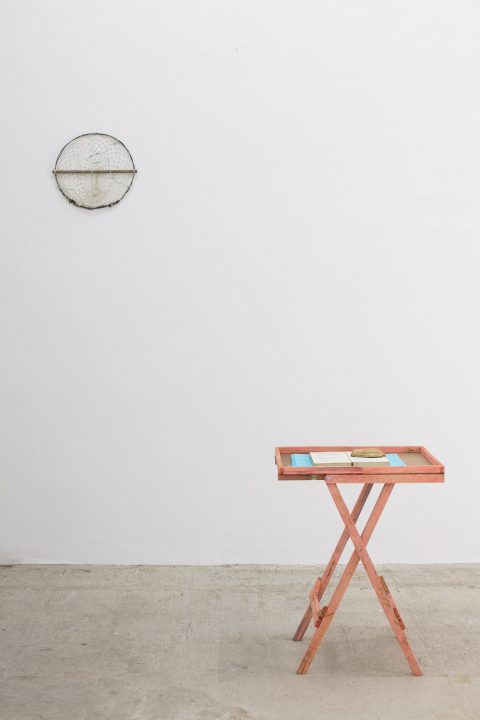
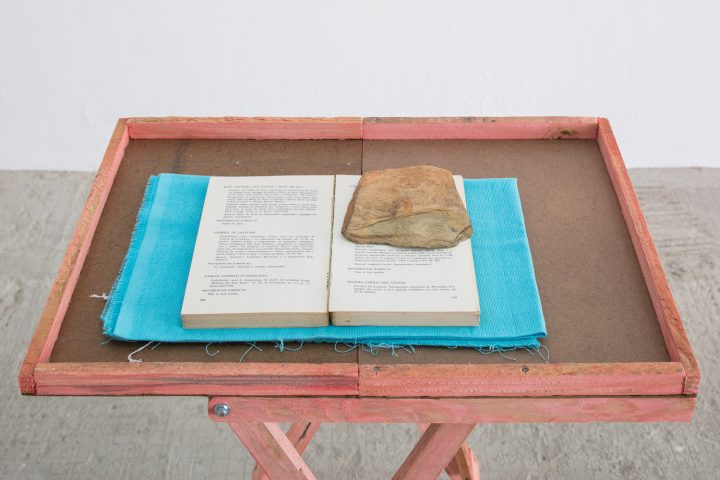
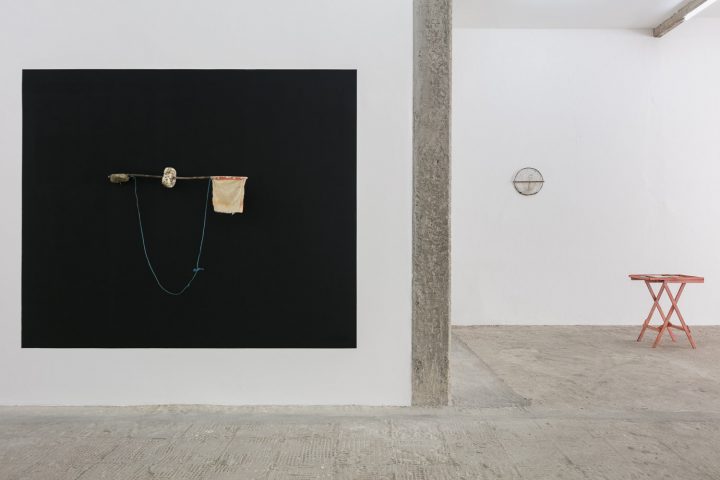
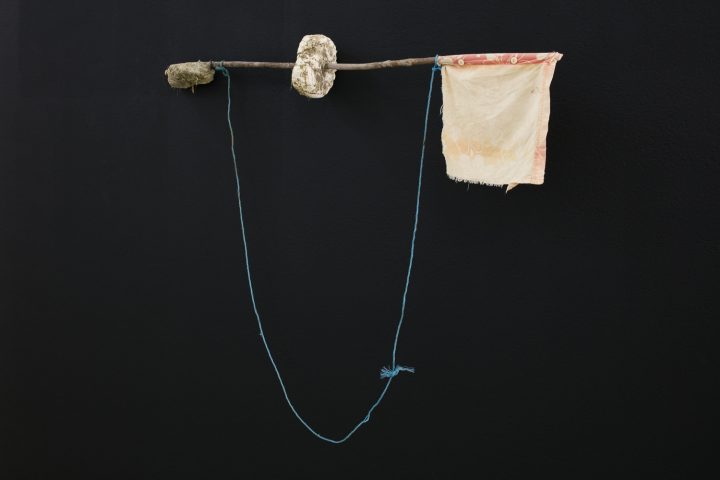
And while the recourse to history is intended to elaborate a place for the work of art in the face of Brazil’s violent, traumatic social pact that also marks our cultural narratives, this process does not take place in the isolation of the studio or of the archival research, but in connection with other productions. Frente de trabalho highlights the collective labor which becomes visible not only in the historical perspective or by the presence of other artists––including Juraci Dórea, Traplev and José Bezerra––, but in the fragments of the history of laborism, in the documentation from various archives and collections, and in the processes of composition and improvement of objects conceived by vernacular design. The sum of hands and efforts involved in fishing, in construction, in making tapioca gum or leather, in the quarries, the piano carriers, the factory workers, in the squatting of the old Cambridge Hotel, and in the creation of a work of art at the same time serves the purpose of being an object of investigation and a poetical method. Like a communal work project, the valuing of the collective, dialogic dimension of labor is what lends meaning to the artwork and the perspective that it ushers in.
Finally, it’s worth noting the presence of a certain cinematic heritage, made evident not only by the quotes of the Lumière Brothers or the film Frente, but also by how the compositions are structured out and articulated into a meaningful sequence. Taken as a group, the constituent elements in Frente de trabalho seem organized by the gaze of a directing-artist whose subjective camera decoupages the position of objects in space into planes, zooming in on some and placing others at depth, like elements in a lengthy sequence shot. As though he were reinventing the process of editing a film, dismembering and spatializing its raw material, Lira modulates different viewpoints and eras to produce a singular amalgamation of poetry and history. From within it, bodies reduced to ‘worker meat’ and non-canon authors get to speak anew, emerging from anonymity to affirm again their uniqueness and history.
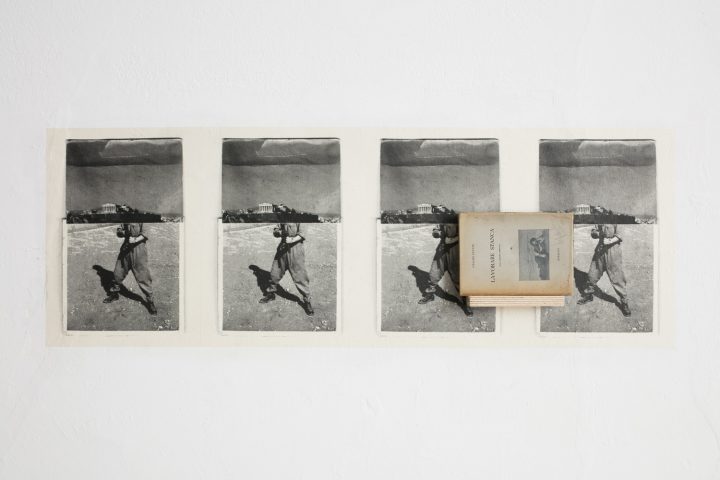
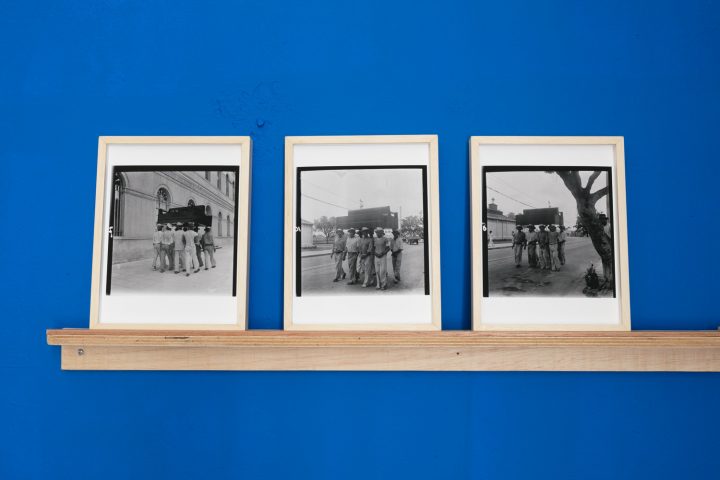
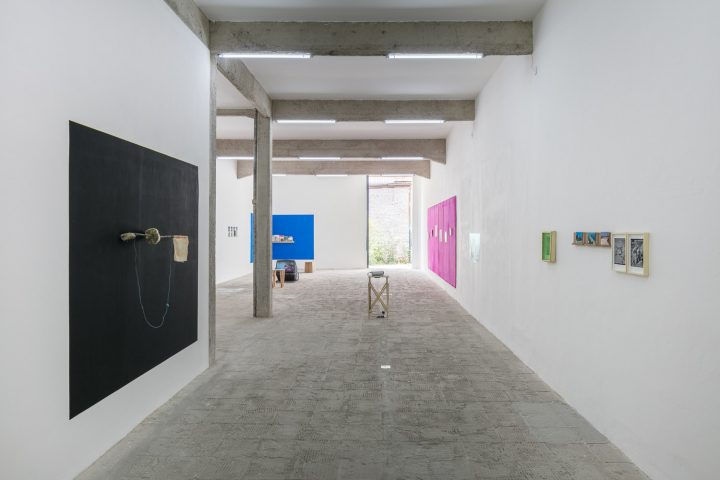
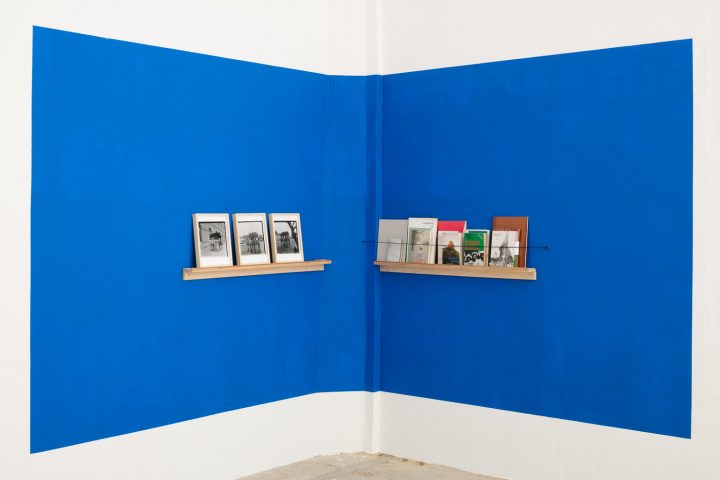
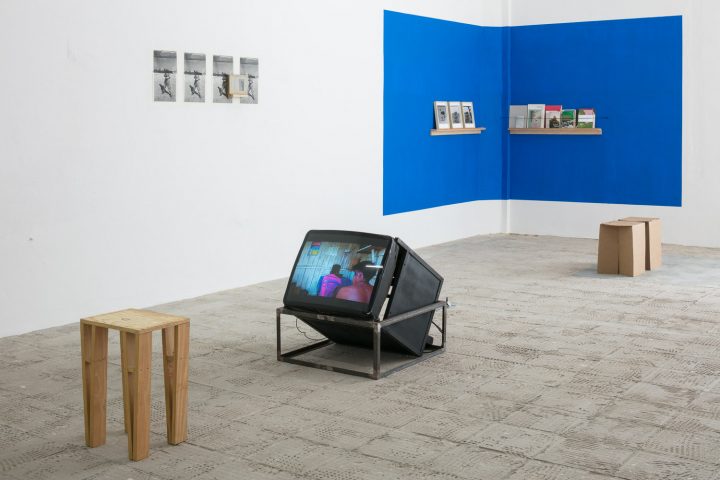
Ícaro Lira (Fortaleza, 1986) For the last five years, he has looked into the implications and developments of political and historical events from Brazilian History, in documental, archival, archaeological and fictional work. Lira studied Film and Video at Casa Amarela-UFC, Fortaleza (CE) and Video and Sound Editing at Instituto de Cinema Darcy Ribeiro (RJ). He completed Basics and In-Depth programs at Parque Lage School of Visual Arts (RJ).
Gabriel Bogossian (Rio de Janeiro, 1983) is adjunct curator of the Associação Cultural Videobrasil. As curator, he organized the exhibitions Nada levarei quando morrer, aqueles que me devem cobrarei no inferno, Amanhã vai ficar tudo bem – Akram Zaatari and Cruzeiro do Sul, among others. He organized the translations for Americanismo e Fordismo, by Antonio Gramsci, and Caos Calmo, by Sandro Veronese, as well as projects with Rocco, Hedra and Videobrasil Festival.

 Español
Español